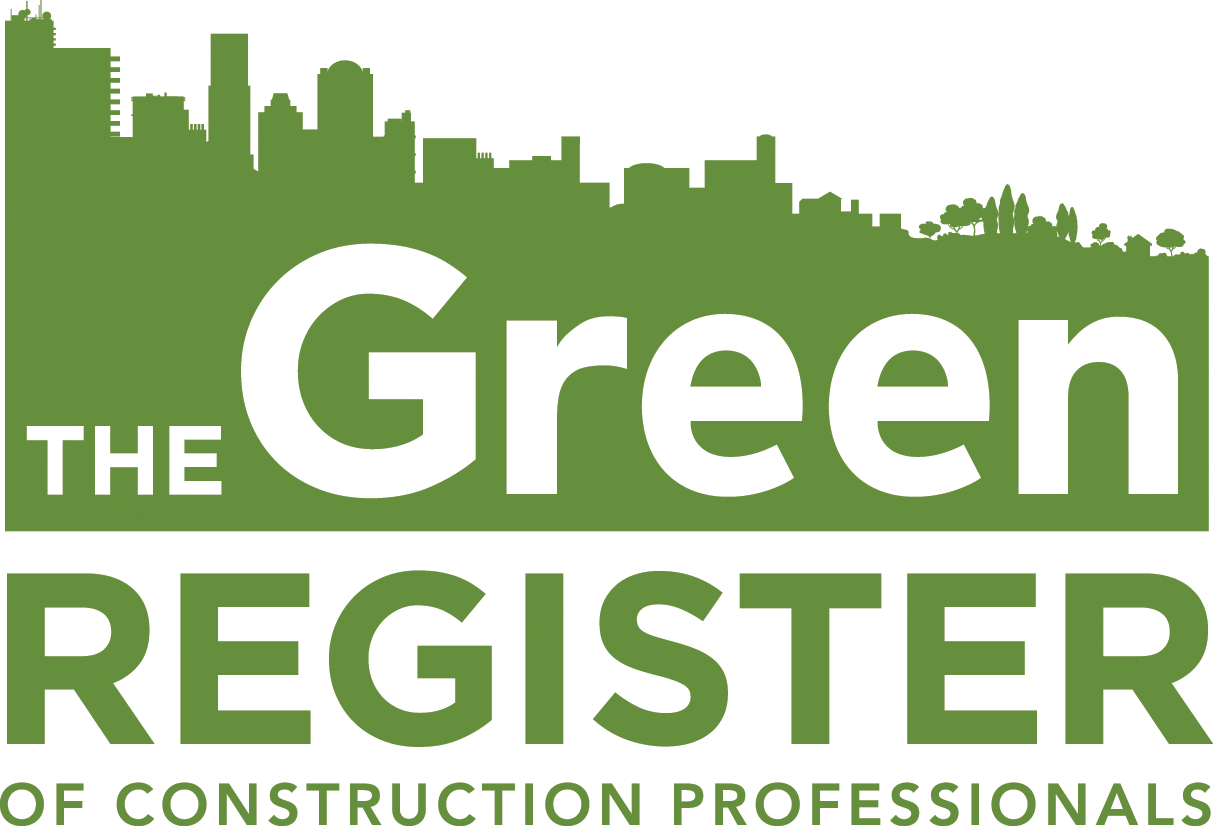Rising damp is one of the more persistent and misunderstood forms of dampness in buildings. It affects walls at ground level when moisture from the soil is drawn up through brickwork and masonry by capillary action. Left untreated, it can damage plaster, timber, and internal finishes, as well as create a cold, musty environment. Despite its notoriety, rising damp can be effectively treated—provided the diagnosis is correct and the appropriate methods are used. In this blog, we’ll explain how to treat rising damp properly, which solutions are effective, and which common methods may do more harm than good.
What is rising damp and why does it occur?
Rising damp happens when water from the ground rises through walls that lack an effective damp-proof course (DPC) or where the DPC has failed. This moisture brings salts from the ground, which get deposited on the surface of walls, causing damage to plaster, paint, and wallpaper.
Typical causes include:
- Missing or broken damp-proof courses
- Bridged DPCs (where soil, render, or debris has risen above the course)
- Porous building materials such as old brickwork that allow moisture to move upwards
How do you know it’s rising damp?
Before any treatment, it’s crucial to get a correct diagnosis. Rising damp is often misdiagnosed, and treatments aimed at the wrong problem won’t work.
Signs of genuine rising damp:
- Tide marks or brown staining along the lower parts of internal walls (usually up to about 1 metre)
- White, powdery salts forming on the wall surface or under paintwork
- Peeling paint or wallpaper near floor level
- Crumbling plaster and discoloured skirting boards
- Musty smell close to the floor or wall base
A professional damp surveyor should use a moisture meter and inspect the condition and position of the DPC before confirming a rising damp diagnosis.
What treatments work for rising damp?
1. Chemical damp-proof course (DPC) injection
This is the most widely used modern method. A silicone-based damp-proofing cream or liquid is injected into holes drilled into the mortar course of affected walls. This forms a new moisture-resistant barrier that stops water rising up.
Pros:
- Non-invasive compared to other solutions
- Suitable for brick, stone, and block walls
- Often quicker and cheaper than structural replacements
Cons:
- Requires proper surface preparation and correct installation
- Effectiveness depends on the wall’s material and saturation level
- May need internal replastering with salt-resistant plaster after treatment
2. Replastering with salt-resistant materials
Even after the moisture is stopped, the hygroscopic salts left behind by rising damp can continue to draw moisture from the air, causing damp patches to reappear. Replastering with a salt-retardant base coat is essential.
What works:
- Renovating plaster systems designed for damp-prone walls
- Tanking slurry or waterproof render as a base layer
What doesn’t:
- Repainting or skimming over with ordinary plaster — this won’t deal with salt contamination and is likely to fail
3. Installing a physical damp-proof course
In some cases, particularly in historic buildings, a new physical DPC can be inserted. This involves cutting into the wall and inserting a plastic or bitumen barrier.
Pros:
- Permanent and very reliable if installed correctly
Cons:
- Highly disruptive and costly
- Usually only used as a last resort or when renovating a full section of wall
4. Lowering external ground levels
Sometimes, what appears to be rising damp is actually caused by ground levels outside being higher than the DPC. If flower beds, paving, or render are bridging the DPC, removing or lowering them can solve the problem without further intervention.
What doesn’t work – and may make things worse
Painting over damp
Applying waterproof paint or sealants directly onto damp patches traps moisture inside the wall. This prevents evaporation and can cause damage to internal materials or drive moisture higher up the wall.
Installing dry lining or wall panelling
While this may hide damp temporarily, it doesn’t treat the root cause. Moisture will continue to spread behind the surface, potentially leading to mould growth and structural deterioration.
DIY chemical injection kits (if misused)
While tempting, DIY kits often lack the quality or precision of professional application. Improper drilling depth, spacing, or application method can result in failure and wasted expense.
Dehumidifiers (as a standalone solution)
A dehumidifier can reduce airborne moisture and help temporarily, but it won’t stop rising moisture in masonry or prevent further structural issues.
How long does it take to resolve rising damp?
Treating rising damp isn’t an overnight fix. Once a new DPC is installed, walls can take several months to dry out fully—typically around 1 month per 25mm of wall thickness. Replastering should not begin until the walls have dried sufficiently or the appropriate breathable materials are used.
Should you call a professional?
Yes. Rising damp is easily misdiagnosed, and incorrect treatments can waste time and money. A qualified damp specialist or surveyor will identify the exact cause, confirm whether it’s truly rising damp, and recommend the most effective treatment options for your property.
Conclusion: rise above rising damp
Rising damp might seem daunting, but with a proper diagnosis and evidence-based treatment, it can be fully resolved. The key is addressing both the source of the moisture and the damage it leaves behind. Chemical DPCs, professional replastering, and targeted building repairs offer long-term solutions—while quick fixes, cosmetic cover-ups, and unverified DIY methods often fall short. If you suspect rising damp, take action early, get expert advice, and commit to doing the job properly.







